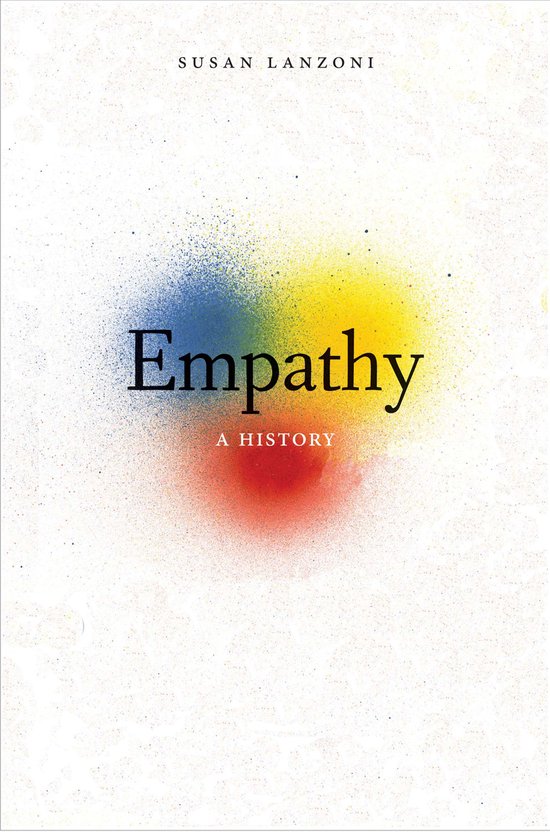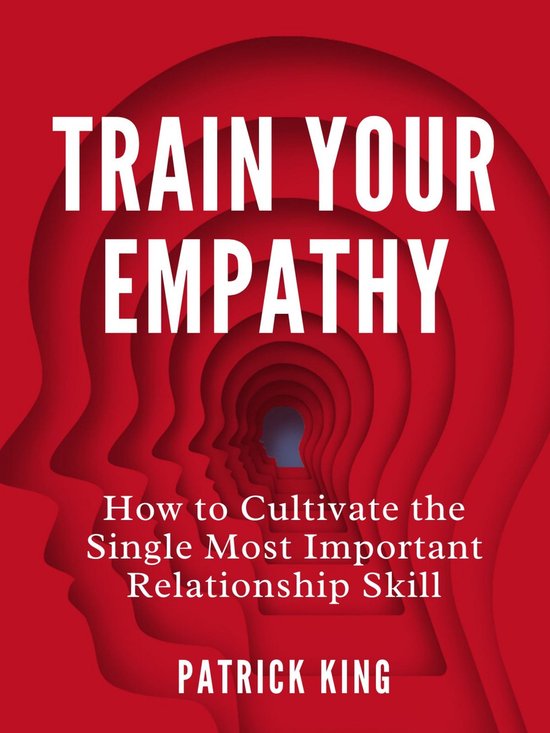
Empathy
A surprising, sweeping, and deeply researched history of empathy—from late-nineteenth-century German aesthetics to mirror neurons
A surprising, sweeping, and deeply researched history of empathy—from late-nineteenth-century German aesthetics to mirror neurons
Empathy: A History tells the fascinating and largely unknown story of the first appearance of empathy in 1908 and tracks its shifting meanings over the following century. Despite the word’s ubiquity today, few realize that it began as a translation of Einfühlung (“in-feeling”), a term in German psychological aesthetics that described how spectators projected their own feelings and movements into objects of art and nature.
Remarkably, this early conception of empathy transformed into its opposite over the ensuing decades. Social scientists and clinical psychologists refashioned empathy to require the deliberate putting aside of one’s feelings to more accurately understand another’s. By the end of World War II, interpersonal empathy entered the mainstream, appearing in advice columns, popular radio and TV, and later in public forums on civil rights. Even as neuroscientists continue to map the brain correlates of empathy, its many dimensions still elude strict scientific description.
This meticulously researched book uncovers empathy’s historical layers, offering a rich portrait of the tension between the reach of one’s own imagination and the realities of others’ experiences.
A surprising, sweeping, and deeply researched history of empathy—from late-nineteenth-century German aesthetics to mirror neurons
Empathy: A History tells the fascinating and largely unknown story of the first appearance of empathy in 1908 and tracks its shifting meanings over the following century. Despite the word’s ubiquity today, few realize that it began as a translation of Einfühlung (“in-feeling”), a term in German psychological aesthetics that described how spectators projected their own feelings and movements into objects of art and nature.
Remarkably, this early conception of empathy transformed into its opposite over the ensuing decades. Social scientists and clinical psychologists refashioned empathy to require the deliberate putting aside of one’s feelings to more accurately understand another’s. By the end of World War II, interpersonal empathy entered the mainstream, appearing in advice columns, popular radio and TV, and later in public forums on civil rights. Even as neuroscientists continue to map the brain correlates of empathy, its many dimensions still elude strict scientific description.
This meticulously researched book uncovers empathy’s historical layers, offering a rich portrait of the tension between the reach of one’s own imagination and the realities of others’ experiences.
| Auteur | | Susan Lanzoni |
| Taal | | Engels |
| Type | | Hardcover |
| Categorie | | Psychologie |





